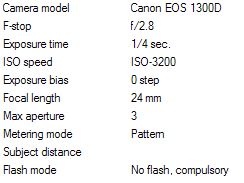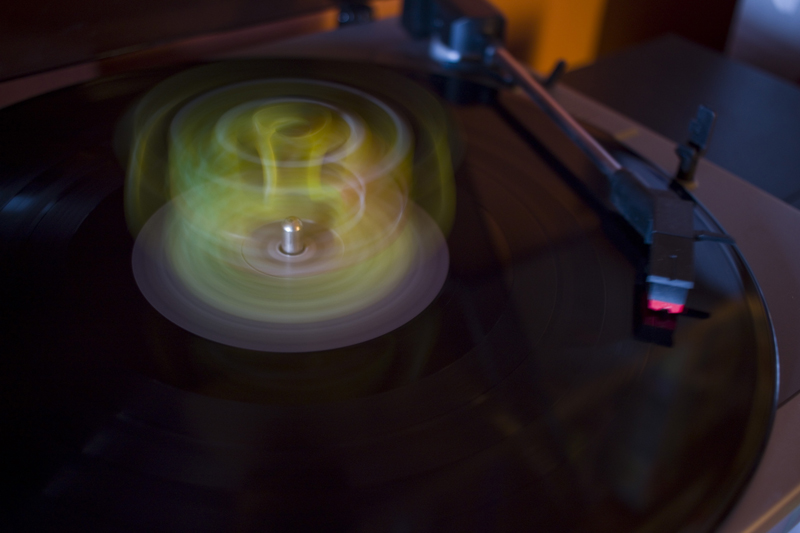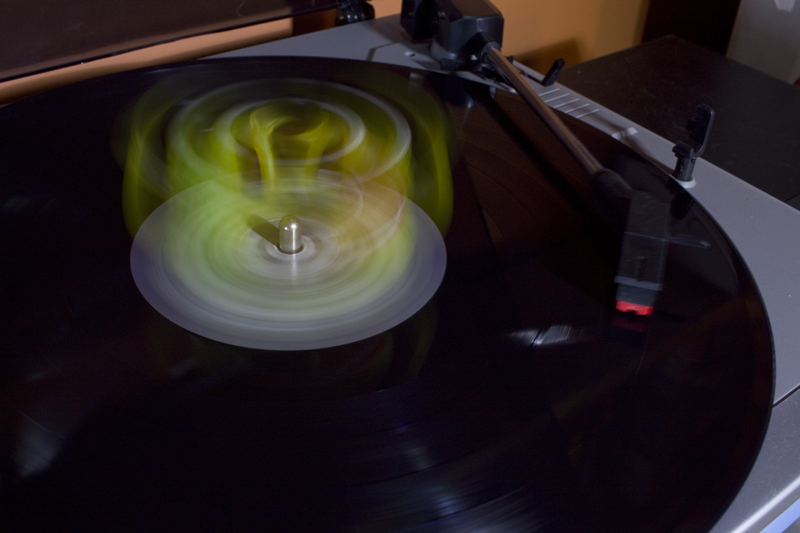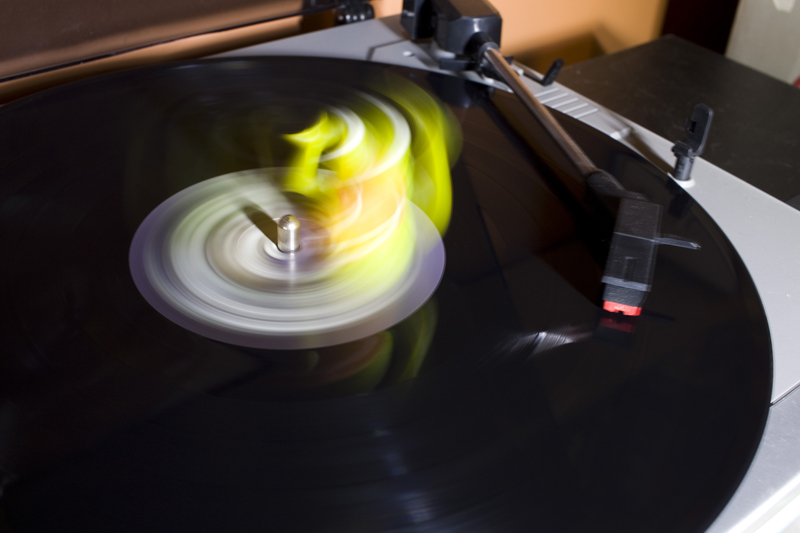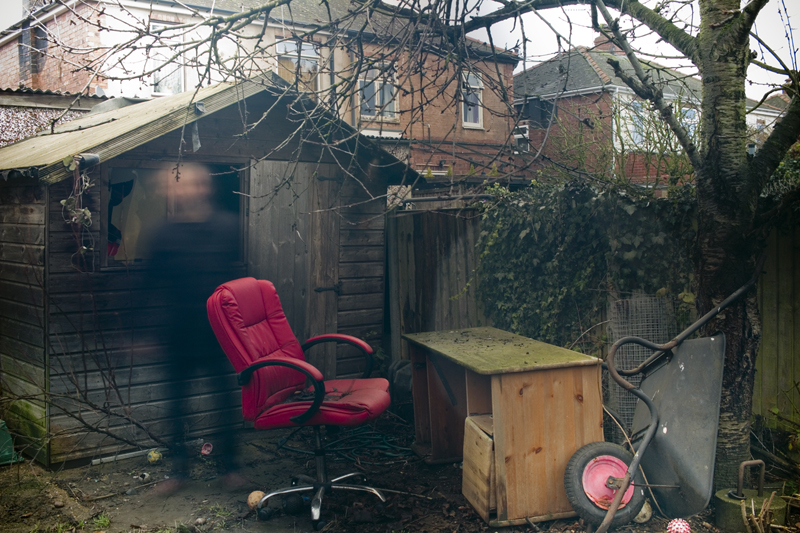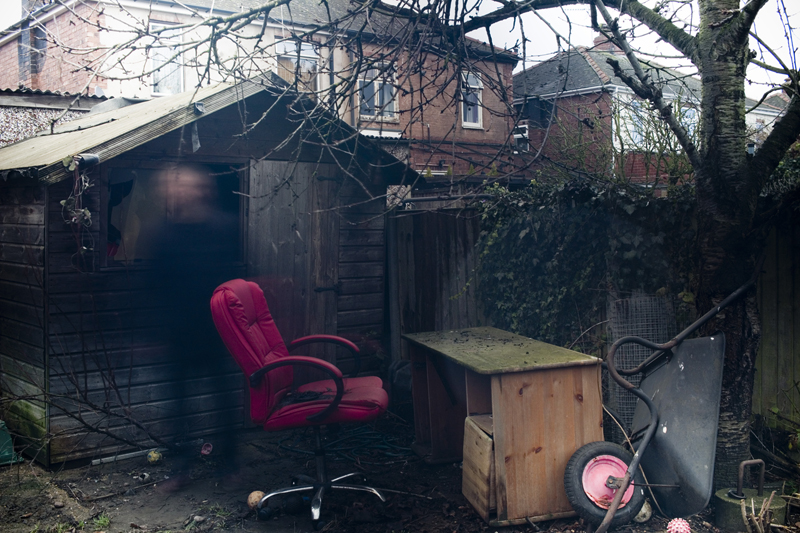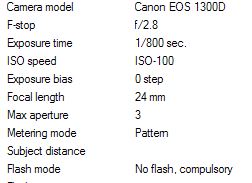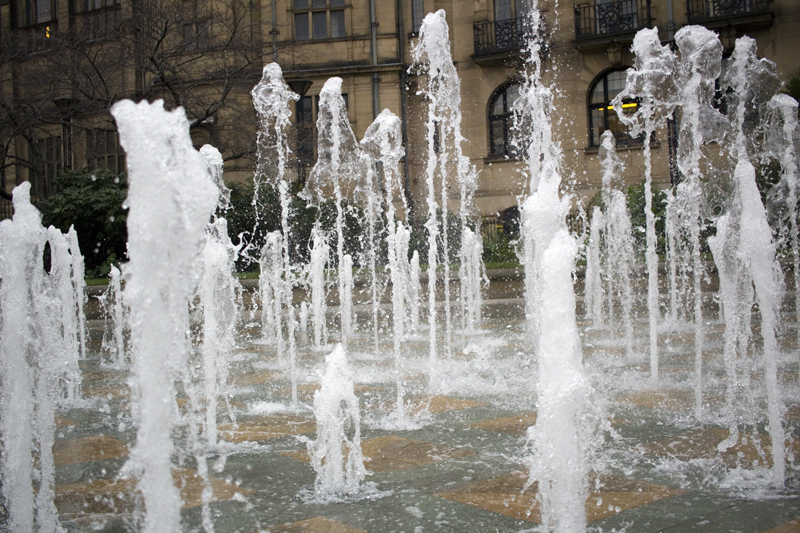Things have not gone to plan.
The trips into Lincolnshire to take photos of ‘Views’ did not happen. My wife had some time off, but it was Christmas, and things had to be done, so jaunts into the countryside could not be fitted into our tight schedule.
Plan B was to visit several, or even many, local churches… to create a collection of shots of different churches, which could possibly be categorised as ‘Views’, but more likely comes under ‘a subject of your own choosing’.
This did not happen either.
My first shoot was at The Priory Church in Worksop, just down the road from where I live. The building is somewhere between 800 and 900 years old, in parts, and in my opinion, it’s the most interesting feature in what is an otherwise unremarkable town.
I went along with the kit lense for my Canon EOS 1300D, a fairly standard 18-55mm zoom that’s adequately versatile when you don’t really have a proper plan in mind.
It had been my intention to make just the one visit to this church, take plenty of shots, and then visit different churches on subsequent days.
Nope. That didn’t happen.
On getting home, I looked through the many photos, and was reminded of just what a ‘vanilla’ lens the 18-55 kit lens is. Sure, everything was bright and sharp, but when the widest aperture setting is f3.5, and you only have access to that at 18mm… the results are all very ‘happy snaps’ and not much better than you would expect from a decent phone. I imagine someone with more skill than myself could get interesting results from it, but in this case at least, I failed.
On the plus side, this trip did prove to be useful in terms of reconnaissance, and I got a pretty good idea of what was where… where the good angles and features were.
So I returned with a different lens, and got some fascinating shots…. at night. Yup… some really dramatic stuff, but not much that I could use..
Another visit was needed. At this point though, I re-read the brief, and realised (I thought) I hadn’t really been covering the required criteria. “Use the exercises from Part Two as a starting point to test out combinations of focal length, aperture and viewpoint for the set. Decide upon a single format, either vertical or horizontal. You should keep the same combination throughout to lend coherence to the series.” So I began shooting with specific goals in mind. Long/short focal length with deep/shallow depth of field. Near/far in focus… etc.
Now, on looking at that brief again, I had interpreted it as meaning keep the landscape/portrait orientation consistent, while covering all of the bases in terms of focal length, depth of field, etc. to demonstrate the skills that were learned in Part Two of the coursework.
Looking again… it seems that I may have misinterpreted, and not only should I have kept the orientation consistent, but also the focal length/depth of field.
Having said that…. upon reading the work of another student doing this assignment, his tutor reported that using the same settings created a repetitive feeling, and so he used a variety of focal lengths etc.
Anyway… here are some of the images I shortlisted before realising my (probable) error.
#1
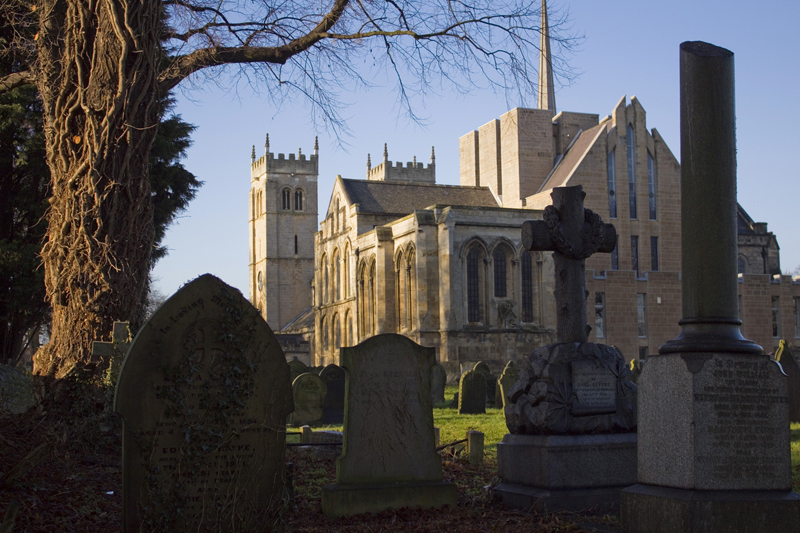
View 1500 x 1000
With a focal length of 32mm and aperture of F4.5 at ISO 100, this is fairly nondescript in terms of depth of field and angle of view, but I do like the composition and lighting.
#2

View 1500 x 1000
The wide angle produced by the 18mm focal length coupled with an aperture of f4 at ISO 100 creates a pleasing visual sensation. Things are largely in focus until they get up very close, or are right in the back of the shot. To my eyes, it feels quite fluid and easy to look at.
#3
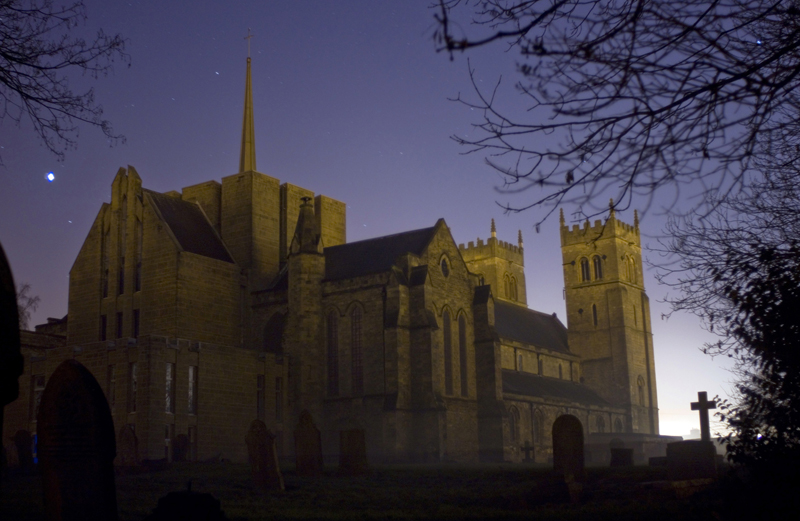
View 1500 x 1000
Shot using a fully manual 28mm prime lens, at f2.8 with a 30 second exposure at ISO 100. Though this was only just after dark, it was in fact *much* darker than it appears in this photo. I couldn’t see a thing through either my viewfinder, or on the camera screen, which made framing the shot and focusing very difficult. I had to take several test shots, just to get a clue.
#4

View 1500 x 671
Again, shot shortly after dark using my 28mm prime lense. This lens gives a very soft image when using a wide aperture, so I stopped it down to f16. At ISO 100 this required a 10 minute(!) exposure using bulb mode.
A little context. I was standing in the middle of a large graveyard. It was, without exaggerating, pitch black, to the extent that I could barely see my hand in front of my face. It was cold and it was misty. And there I was, waiting 10 minutes with my finger on the shutter button of the phone app I use to control bulb mode on my camera. (I hadn’t realised at that point that I could take my finger off the button and it would keep going).
So I can’t use this image for the assignment. But So much went into taking it, that I had to show it somewhere, and here will do.
#5

View 1500 x 1000
28mm, f2.8, ISO 100, 30 secs. I doubt I can use this, but I love it.
#6

View 1500 x 1000
28mm, f2.8, 1/4000 sec, -1 exposure bias. There are many things wrong with this. It’s underexposed, it’s barely focused anywhere, and it’s completely off kilter. Obviously I can’t use it. But I love it. It reminds me of the kind of photo my dad used to take in the 70s on his SLR (that he didn’t know how to use). All kinds of random things came out of that camera, often by accident, and I loved those shots.
#7
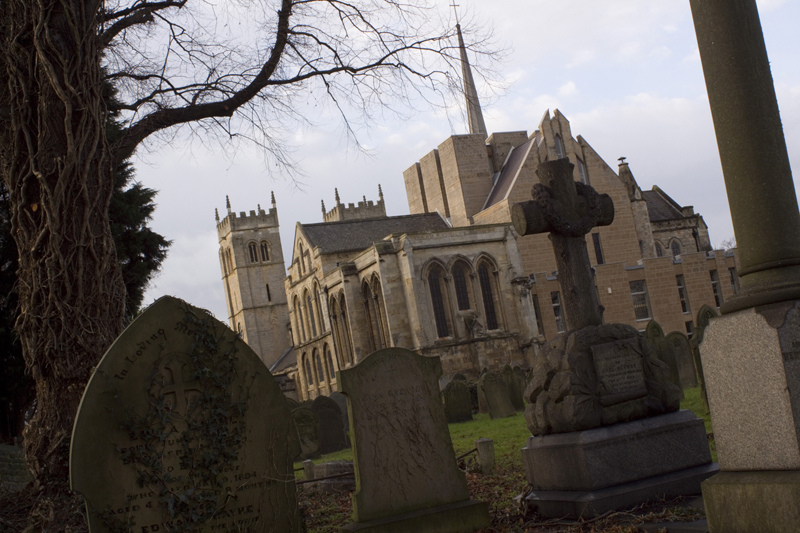
View 1500 x 1000
28mm, f2.8, 1/20 sec at ISO 100. A 2nd go at the first shot, but this manual lense, going for a shallower depth of field and a more ‘interesting’ angle. I liked this a lot, for a while. I find I’ve gone off it now.
#8
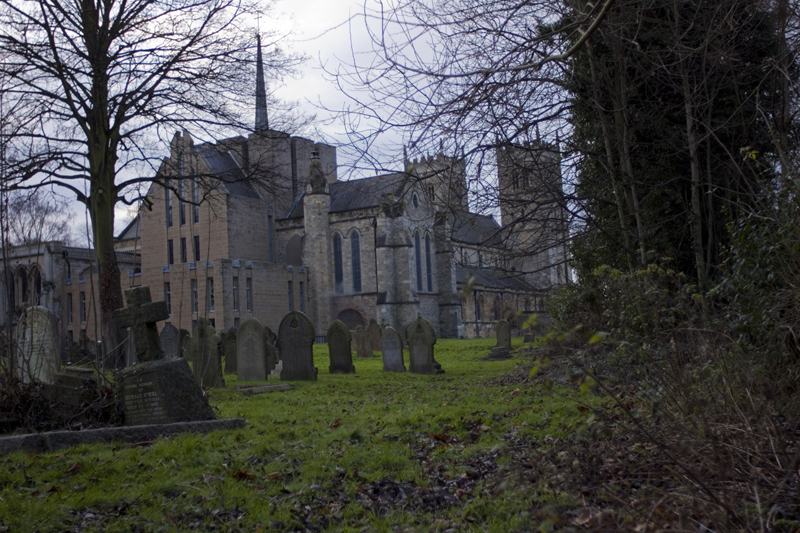
View 1500 x 1000
28mm, f2.8, 1/250 sec at ISO 100. I like the rather desolate feeling of this, but the entirely different quality of light means it won’t fit as part of a set.
#9

View 1500 x 1000
28mm, f2.8, 1/320 sec at ISO 100. This one speaks volumes to my deranged brain. Ever woken up in a graveyard, propped yourself up, looked around and thought “Huh? That was either one hell of a party last night, or something seriously messed up is going on.”
Again, I can’t use this. The light and the off kilter nature of the shot won’t fit in the set.
#10
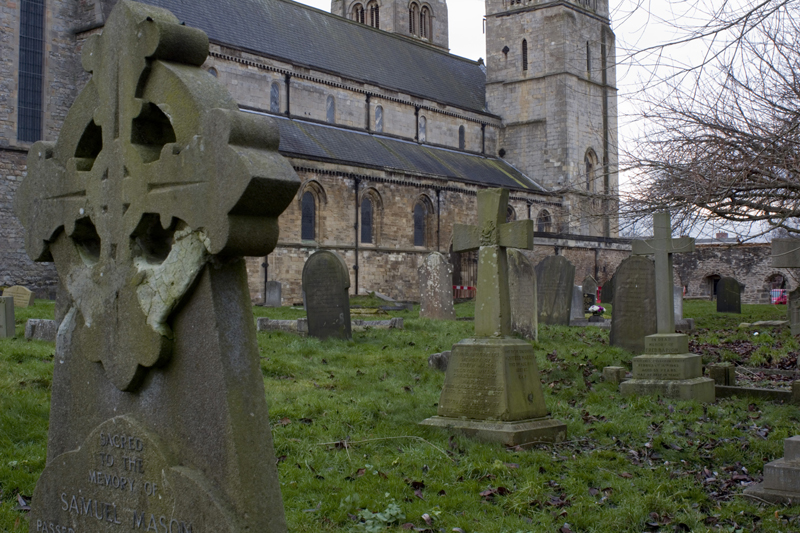
View 1500 x 1000
28mm, f16, 1/2 sec at ISO 100. Taken for the purpose of demonstrating clarity from the front to the back of the shot when the lens is stopped down. It achieves this aim, but with the poor light, it’s seriously dull.
#11
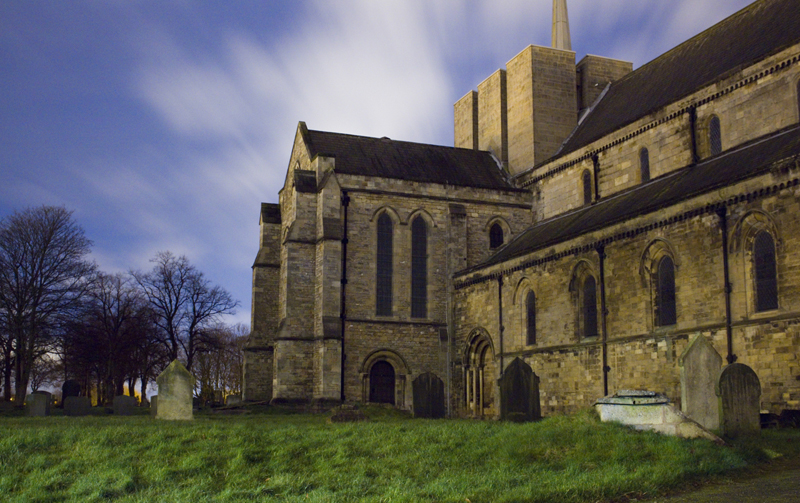
View 1500 x 1000
23mm, f3.5, 15sec at ISO 200. A 2nd attempt at some night shots. I upped the ISO to 200, as long exposure times generate excessive noise, with the intention of stopping the lens down to f16 again. I had to take test shots with a wider aperture just to get the focus and this is one of those. Despite appearances, it was *very* dark when I took this. The light on the church is very dim, and being cast from the windows of some nearby offices, while the grass is being lit by the headlights of the occasional passing car.
#12

View 1500 x 1000
23mm, f3.5, 40 secs at ISO 200. Dark. Very, very dark. It’s amazing what a long exposure can do, and how images look, especially when you alter the white balance to compensate for artificial lighting.
#13

View 1500 x 1000
18mm, f3.5, 30 secs at ISO 200. I still didn’t get round to going down to f16, but the wide angle somehow made things appear sharper here.
#14
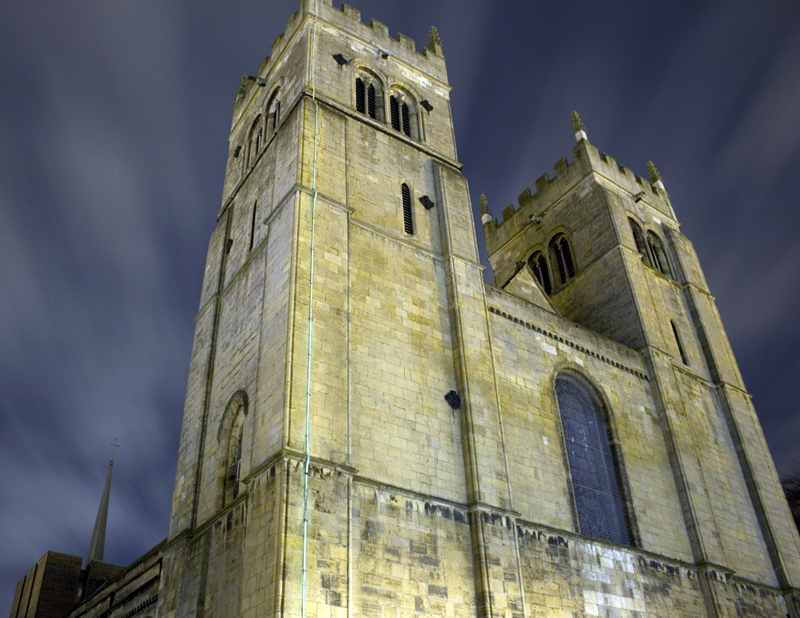
View 1500 x 1158
18mm, f3.5, 15 secs at ISO 200. Epic. Can’t use it, but I love it.
#15
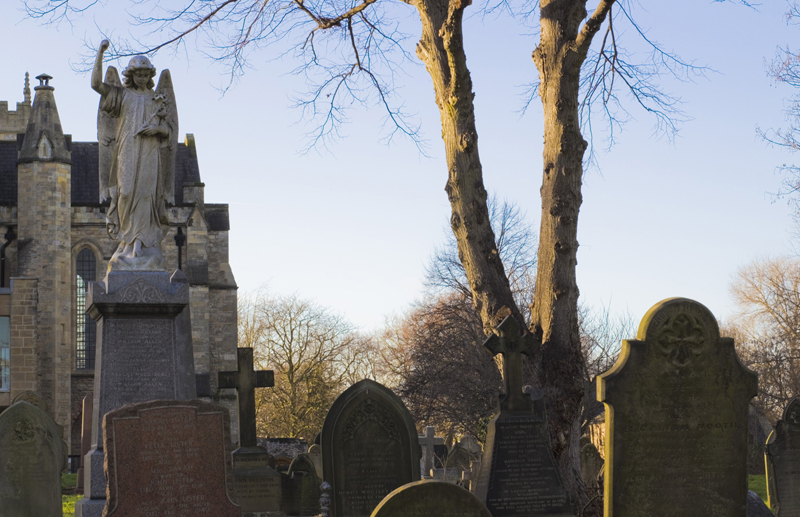
View 1500 x 1000
50mm, f16, 1/50 sec at ISO 200. Taken to demonstrate the flattening effect of a closed aperture at long focal lengths. It succeeds in this, and while I like the light, I don’t like the composition as much as I did while I was taking it.
#16
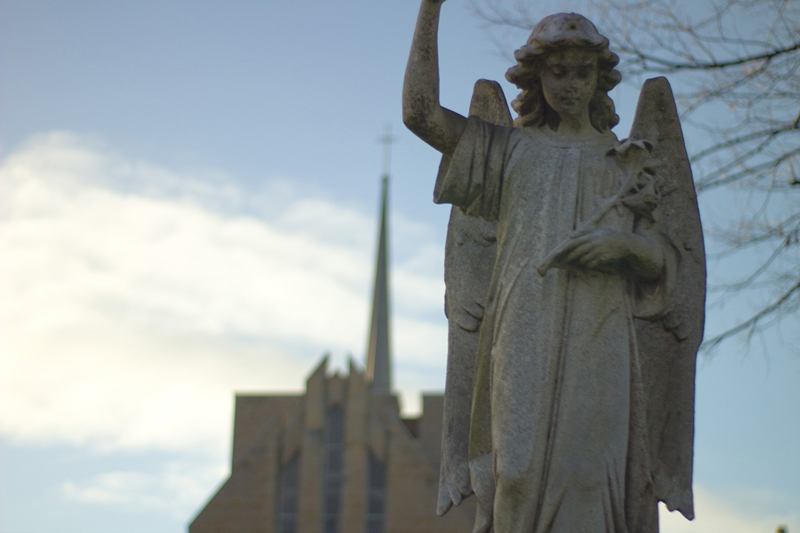
View 1500 x 1000
50mm, f1.8, 1/250 sec at ISO 200 with +2 exposure bias and an ND filter. One of the few handheld shots in this series. I couldn’t use a tripod for this, as I had to hold the camera above my head to frame the shot. Taken to demonstrate shallow depth of field with a wide aperture and long focal length.
#17

View 1500 x 1000
28mm, f16, 1/30 sec at ISO 200. Taken to demonstrate deep depth of field, even with close objects in the frame, using a tight aperture on a wide(ish) lens. I like this shot a lot.
#18

View 1500 x 1000
28mm, f16, 1/50 sec at ISO 200. Taken for the same purpose as the previous shot. The light is not great, but I do find the way those crosses line up interesting.
#19
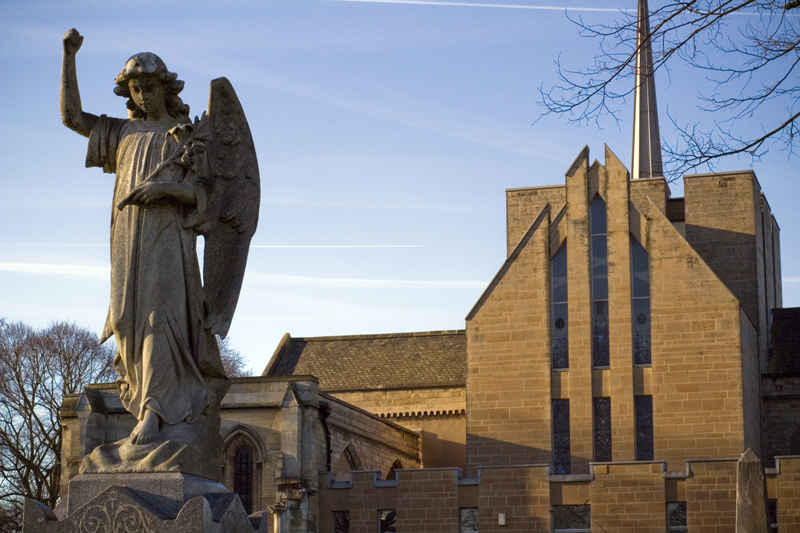
View 1500 x 1000
50mm, f16, 1/200 sec at ISO 200 with -1 Exposure bias. Another handheld shot, taken to demonstrate deep depth of field using tight aperture and long focal length. I love the colours and the composition, but am not a fan of having everything in focus like this.
#20
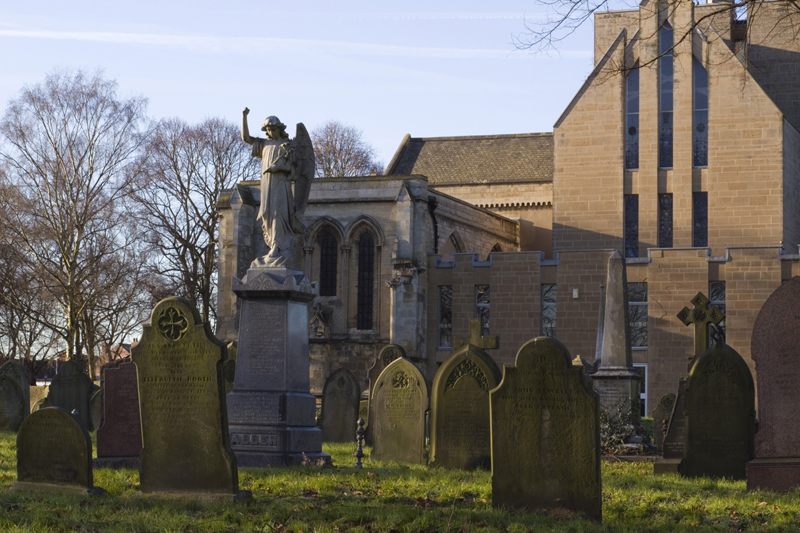
View 1500 x 1000
50mm, f16, 1/60 sec at ISO 200 with -1 exposure bias. Same purpose as above. It makes everything so flat.
#21
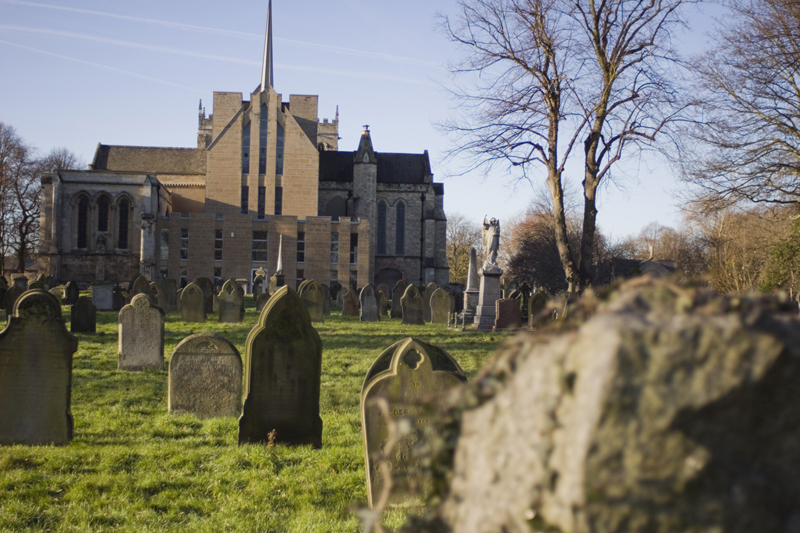
View 1500 x 1000
28mm, f2.8, 1/6000 sec at ISO 200 with -1 exposure bias. Taken to demonstrate blurring of close objects with a wide aperture. This is my favourite setting, and now I think I’ve figured out what it is I’m supposed to be doing, I intend to go and take some more like this. (I really hope the weather holds).
#22

View 1500 x 1000
28mm, f2.8, 1/1250 sec at ISO 200 with -1 exposure bias. Same purpose as above. Not so keen on this.
#23
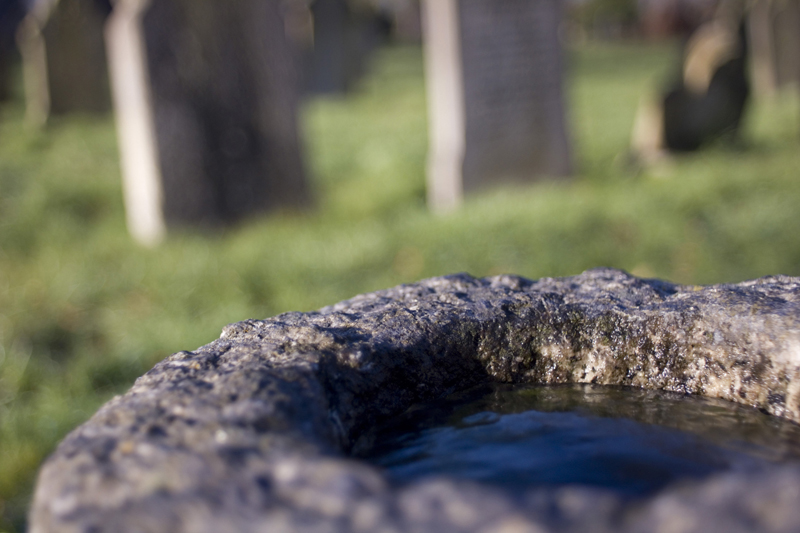
View 1500 x 1000
28mm, f2.8, 1/1000 sec at ISO 200 with -1 exposure bias. Demonstrating close focus with wide aperture and bokeh on background objects. I wanted to show the ice in the stone flowerpot (or whatever it was), but the end result isn’t as interesting as I’d hoped.
Conclusion
So here we are. I’ve taken a mass of photos (these are only a small fraction of what I took), and I’ve concluded that while I have several good shots demonstrating each type of format, I don’t have enough of any one format to create a set.
I may or may not shoot some more to conform to one format, but this depends on the weather, and the forecast is not good. It may be that I shall submit a selection from the shots I have here, and then shoot more, or not, depending on the feedback from my tutor.
Edit:
Okay, on looking at the brief again, I’ve definitely interpreted it incorrectly. So, rather than submitting a set that doesn’t comply with the brief, trying to create a set using inferior material, or going out and shooting in unsuitable light… I have decided to shoot an entirely new set.
This new project is being shot in just a couple of days as opposed to several weeks, and while the subject matter and location are very much within my comfort zone, the style of photography is very far from that. Should be interesting.





